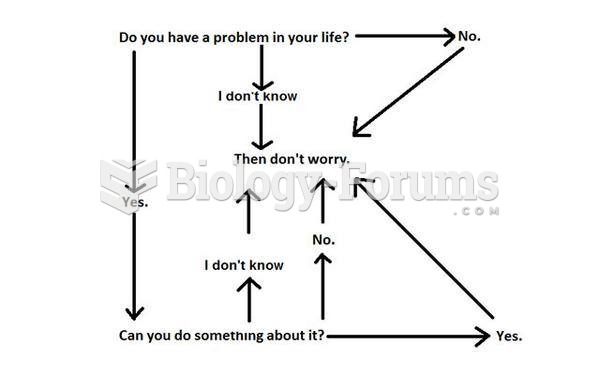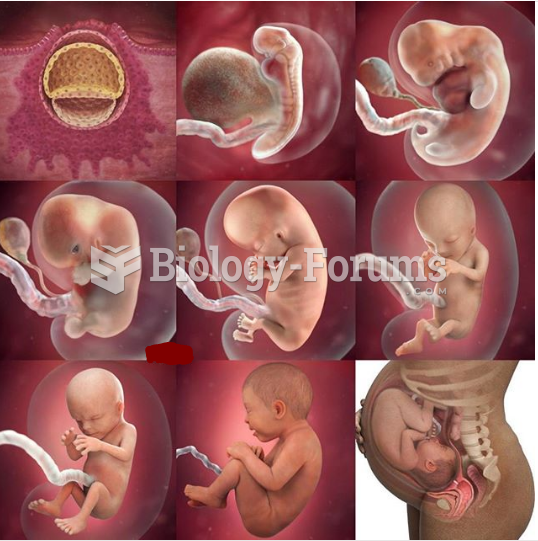Answer to Question 1
ANSWER:
Naturenurture. Nature describes the contributions of heredity to our physical structure and behaviors. Nurture describes the contributions of environmental factors and experience to our physical structure and behaviors. Contemporary psychologists view the contributions of nature and nurture to be closely intertwined as opposed to somehow competing with each other for control over behavior. An example is the way in which the underlying DNA that makes up our genes is turned on or off by the surrounding chemical tags (the epigenome) that accumulate through life. External environmental factors can chemically tag our DNA, including diet, nurture, and stress.
Continuitydiscontin uity refers to whether development is gradual and continuous or abrupt and discontinuous. The continuitydiscontin uity debate does not have a right answer. Some features appear to be more continuous in their developmental course, such as the gradual development of infant temperament into later personality. Other features seem to appear out of nowhere, such as the development of a sense of object permanence at about the age of 8 months.
Universalecological . Psychologists taking the universal approach to development look for age-related behaviors that are found across the entire human species, whereas psychologists taking an ecological view ask questions about the impact of culture and environment on development. Although there are universals of development, such as the age at which most children begin walking unassisted, it is also evident that children growing up in cultures where early walking is encouraged walk at slightly younger ages than children growing up in cultures where restricting infant movement is the norm. Although a consideration of human universals is useful, most contemporary psychologists would be unwilling to consider many behaviors outside their context of social relationships and culture.
Note: student examples will vary.
Answer to Question 2
ANSWER:
c







